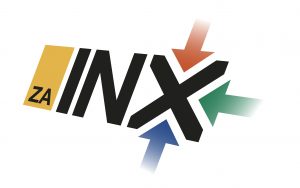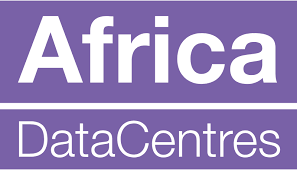CACHE PROJECT
What is the ZANOG cache project?
TL;DR – Content caches and services hosted within the ZANOG ASN for the good of the internet.
Longer version – Traditionally, Johannesburg is the entry point for most CDN’s wanting to deploy infrastructure in South Africa. Network operators that are not based primarily in JHB, are therefore forced to build infrastructure to JHB to connect to CDN’s here. This is often costly, and creates centralised distribution points which may be overwhelmed. In an effort to bring content closer to the end users, minimise long-distance transport costs for regionalised operators, and democratise the spread of content delivery, a few of the ZANOG voluneers started contacting CDN operators to persuade them to deploy regionalised caches. The initial deployment started in Durban when a few CDN’s agreed to provided hardware if the ZANOG team could take care of the rest. The ZANOG volunteers sourced sponsored cabinet space, bandwidth to fill the respective CDN caches, and a high-speed means to distribute this in each region. Having this content connected via a local IXP, helps to deal with peak traffic so that lower bandwidth links don’t get congested at peak times. Localising content means that users realise an enhanced end-user experience, with fewer risks to disruption to service, re-routing options, if a problem *does* exist but more importantly, it created an awareness of the need for a more vibrant regional interconnection ecosystem.
Where are the caches?
The first cache was spun up and started serving content in Durban in November 2018. In late 2020, the Cape Town cache cluster was spun up.
How can I get access to the content?
The cache clusters are connected to the DINX and CINX Internet exchange points respectively. Connect to the IXP and send a bilateral peering request to ZANOG.
Why can I not connect to this over IXP-Z ?
The only IXP’s available in the regional facilities where ZANOG was able to negotiate no-cost hosting, and reasonable cache-fill bandwidth, is CINX and DINX. If any other IX’s are available in those facilities, we will gladly connect to them.
Do I have to pay?
ZANOG does not charge to access content within the cache project. see “How can I get access to the content?” Thanks to sponsors for rack space, power, equipment and cachefill bandwidth (to name a few things), access remains free.
Who covers ZANOG’s costs?
Initially, some ISP’s came together and offered various parts of the cachefill. Later, ZANOG received a grant from ISOC that helped with equipment purchase and some cachefill bandwidth. In 2020, in preparation for expansion to CPT, ZANOG received funding from operators to obtain its own internet number resources. Today, ZANOG succeeds because the community invests in it. The largest ongoing cost is funded by sponsors and donors, and the cache project could not survive without them. We have contined support from INXZA and ADC for the hosting of the caches
Is this a long-term project?
For now, this has already created immense value for regional operators, and has even had some CDN’s comment that they have seen more usage in a specific geography than they expected. Ultimately, the ideal situation is for the CDN’s in question to build up enough of a foothold for their product and services in each region, and then deploy, manage and run their own infrastructure in-region. This has already happened with some CDN’s, and we are hopeful that this experience will spread.
A note on other CDN’s Cloudflare has a full deployment in Durban and Cape Town (as well as JHB). Facebook has a caching node in Durban for static content.
How can I contribute?
Contact info@nog.net.za


